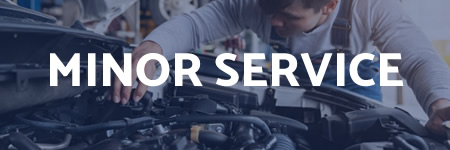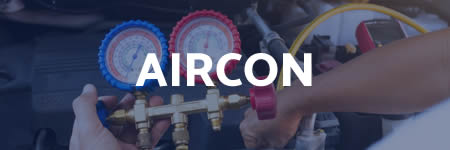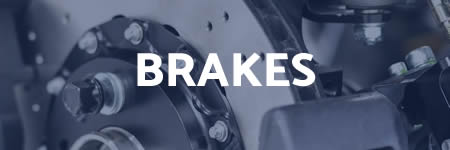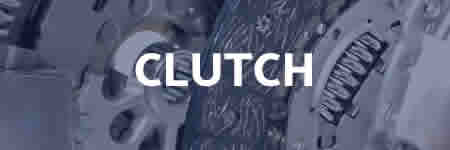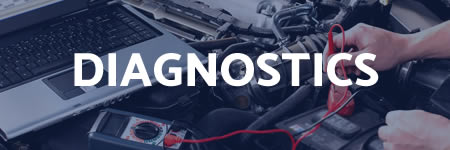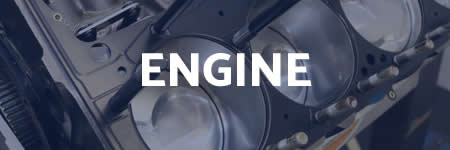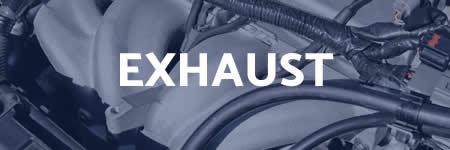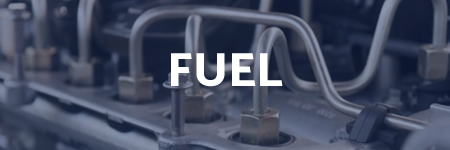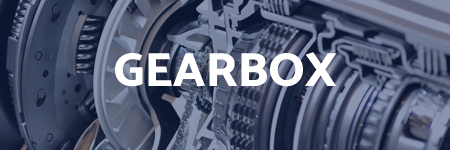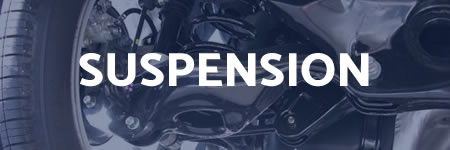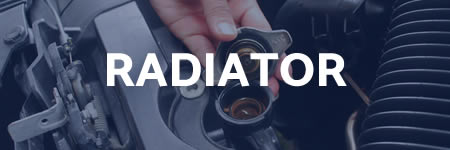The Radiator - Cooling System
The cooling system is designed to maintain the engine t the optimum operating temperature.
The cooling system comprises a
- Coolant reservoir
- A radiator
- A water pump
- Associated water supply pipes
- A coolant fan
- Thermostatic switch
- A thermostat within the engine
Engine heat is transferred to the coolant, which is pumped to the radiator where it is cooled by the air flowing through the radiator vanes.
The coolant is circulated through the Coolant System by a water pump driven by the engine by means of a drive belt.
A thermostat within the engine regulates the temperature of the coolant flowing through the engine.
The air volume flowing through the radiator may be increased by a radiator fan which draws air into the engine compartment.
A thermostatic switch in the cooling system will switch the fan n and off automatically.
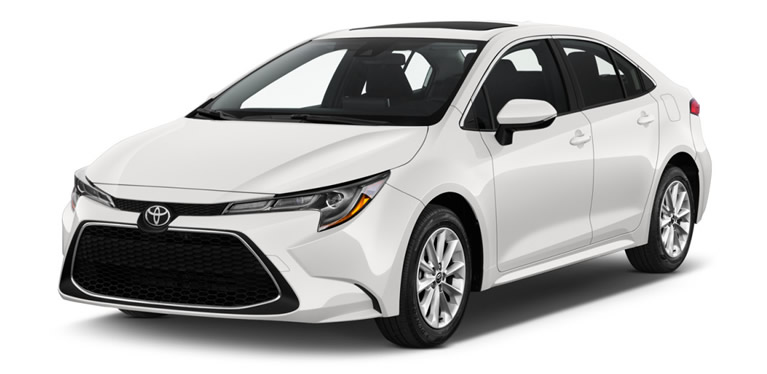
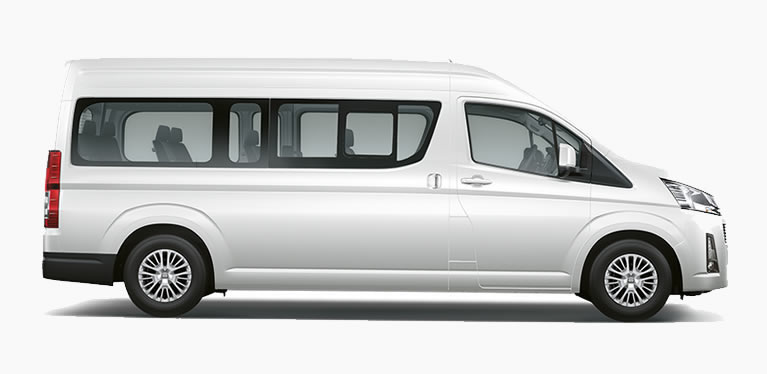
About the engine cooling system
In an engine cooling system, a rubber hose is required to connect the water pump to the cooler in the engine so that water and coolant can flow through and thus close the circuit.
To achieve this, most engines have a thermostatic current restriction on the intake manifold, which allows the coolants circulating through the thermostat to be closed off.
The radiator and other parts of the cooling systems require more pumping power to circulate the coolant through them.
Thermostats and flow restrictions help to increase the pressure in the cooling system by making it more difficult for the coolant to boil.
What is the Engine Cooling System?
The cooling system is a set of components that enables the flow of liquid coolant to the passages in the engine block and head so as to absorb combustion heat. The heated fluid will then return to the radiator through a set of rubber hoses, for cooling. As the heated fluid (hot water) flows into the radiator through the thin tubes, it gets cooled by the air stream flowing through the radiator as the can moves forward.
Water can quickly move heat from the engine to the radiator. The components in the water cooling system add weight, complexity, and cost to the engine. The system is good for higher-power engines that produce more waste heat but can move more weight.
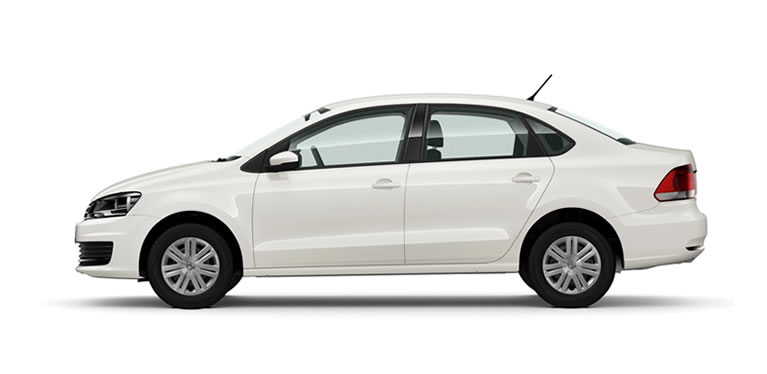
Main Components of Engine Cooling System
The warter pump
The water pump is the heart of engine cooling system. It has a radial impeller inside its casing which is driven by engine itself. Serpentine belt is used to deliver rotational motion of engine main pulley to the water pump pulley.
The Radiator
The radiator acts as a heat exchanger for an engine. it is usually made up of aluminium, and have lots of small diameter pipes with fins mounted on them. It exchanges the heat of hot water coming from engine with surrounding air. it also has an inlet port, outlet port, drain plug, and a pressure cap.
The Thermostat
It is the thermostat which acts as a valve for coolant and allows it to flow through radiator only after exceeding a particular temperature value. Thermostat has paraffin wax in it which expands at a particular temperature and opens it up at that temperature.
The Coolant Temperature Sensor
It is a temperature sensing device in engine cooling system and it monitors the engine temperature. It provides the data required to control the operation of radiator fan. The engine temperature display at driver’s console gives reading according to the data provided by coolant temperature sensor. Further in the ECU controlled vehicles its data is used to optimize the fuel injection and ignition timings of the engine to optimise and increased performance.
The rubber hoses
In the engine cooling system, the rubber hoses are required to make connection between water pump, radiator and engine so that water or coolant will flow through them thus completing the circuit.
The radiator overflow tank
It is a plastic tank generally mounted close to radiator and has inlet port connected with radiator and one overflow outlet. It is the same tank where you put in water before ride.
CALL ME BACK
CALL


